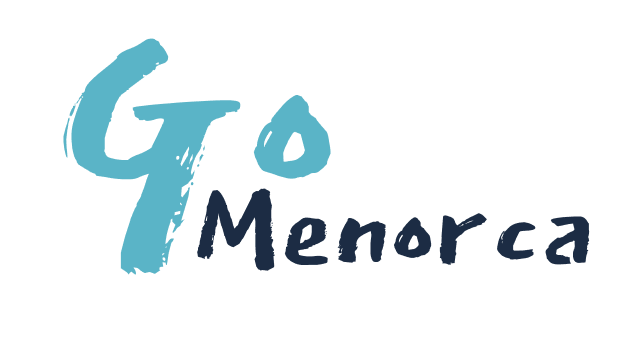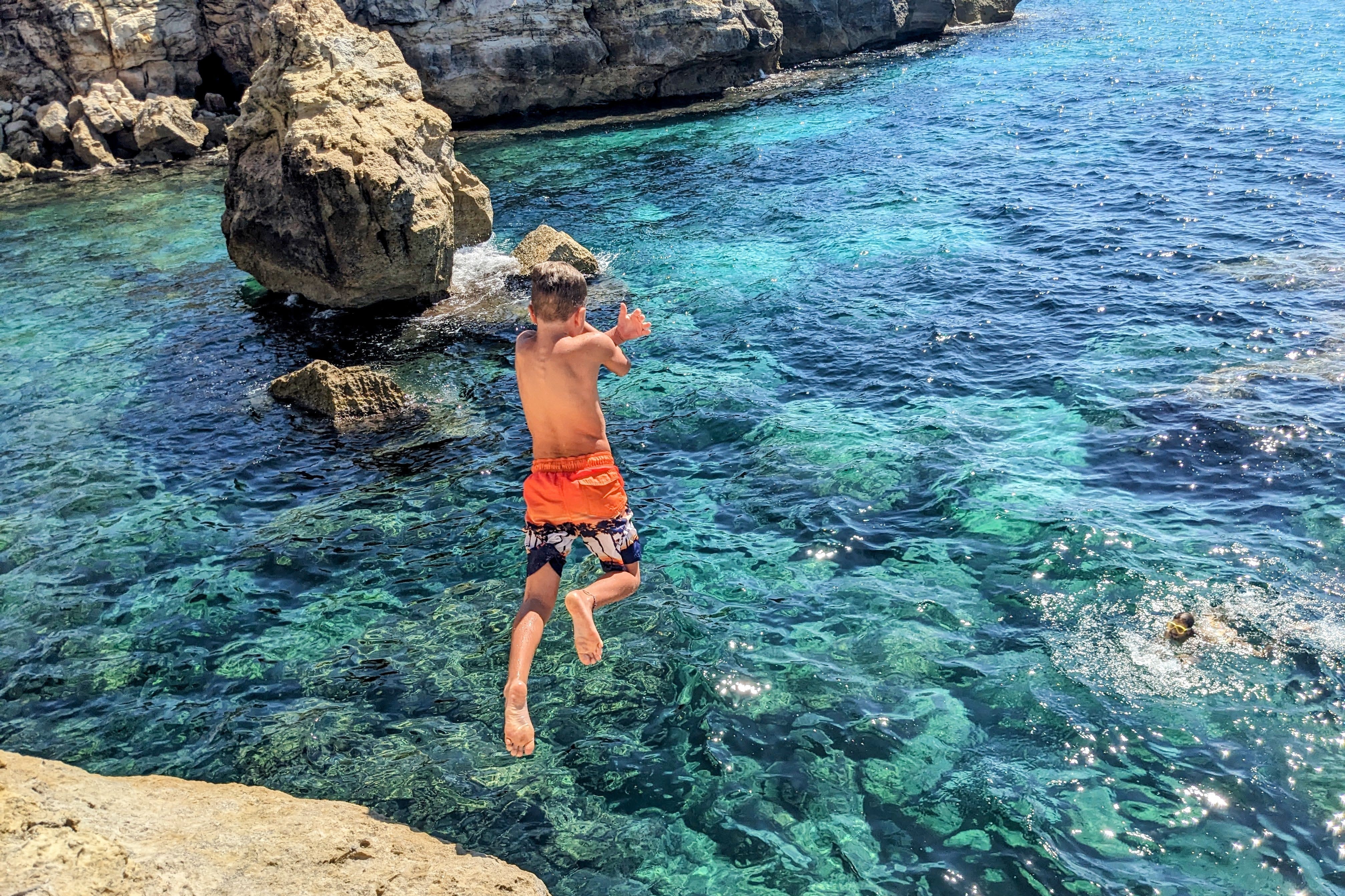Begin Here: A First-Time Guide to Menorca
The quieter Balearic — more tortoise than hare
Before you even touch the ground, something feels different. Maybe it’s the way the land emerges from the sea — less drama, more understatement. Maybe it’s the quiet, the light, the open fields, the subtle scent of the sea. This is Menorca. Just a short flight from Barcelona, and smaller and gentler than her sisters Mallorca and Ibiza to the southwest, Menorca is the Balearic island that moves at its own pace and gracefully retains its own identity. Here, time opens up: instead of racing toward what’s next, you begin to settle into what is right now.

Above: Menorca, courtesy of the Vestige Collection
A Maritime Waypoint Through the Ages
Though she moves slowly, Menorca has always mattered. Strategically placed at the heart of the western Mediterranean, the island has been a maritime waypoint for millennia — shaped by the Phoenicians, Romans, Moors, British, French, and Spanish. Each left traces in the food, the language, the architecture, and in the feeling you get walking down a street that somehow belongs to no single century nor country. And long before all that, Menorca was home to one of Europe’s oldest civilizations. The Talayotic people built vast stone structures — taulas, navetas, and talayots — which still rise from the fields, prehistoric and utterly still. It’s a quiet history, not shouted from the rooftops, but subtly all around you.

Above: Talatí de Dalt
Everything You Need to Know
This isn’t a place that needs to be conquered. It needs to be understood — slowly. So here’s how to arrive gently, move wisely, and find your rhythm.
Getting Around
To explore Menorca fully, you’ll want a car. Public transport is limited. There’s no Uber. Taxis are few and far between. The simplest route is to rent a car that’s waiting for you at the airport — no shuttle, no delays, just keys in hand and an open road. From the Mahón Airport, the furthest points of the island are no more than 45 minutes away.
Orientation: Where You Are
Menorca is 50 km long and just 16 km wide, a sliver of land cradled between France and Algeria, Sardinia and Spain. But it holds multitudes.
-
Mahón (Maó) is the capital in the east — all bright façades, maritime views, and European ease.
-
Ciutadella, its counterbalance in the west, is older, deeper — honeyed stone, shadowed alleys, and the soft clatter of church bells.
In between lie eight municipalities, each a self-contained world. And between them, you’ll find the true Menorca — stone-walled paths, wild rosemary, wind-sculpted trees, and beaches that only ask for you to tread lightly, with care for the way it is, just as it is.

Above: Mahón
Villages in Central Menorca - Dive into the Heart of Menorca
-
Alaior: a historic town with charming, tranquil streets, a beautiful cathedral, boutique hotels (Encant de Alaior), agroturismos (Llucasaldent and Rafal Rubí), designer shoe-making (Pons Quintana), one of Menorca's top restaurants (Restaurante Llucasaldent), and home to Torre d'en Galmés, the island's prehistoric village.
- Es Mercadal: near Monte Toro, the island’s highest point. An inviting, traditional village, known for historic bakeries selling traditional sweets, iconic restaurants (Mesón Can Jaume and Molí d'es Racó), boutique hotels (Hotel S'Antiga) and casual, laid-back restaurants (Tomàtic).

Above: Sa Fonda Restaurant in Fornells
Villages on the North Coast - Seaside Tranquility
-
Fornells: a picturesque seafront fishing village with a large natural bay, full of boats and buzz in the summer months and having some of Menorca's best restaurants (Ca na Marga, Sa Fonda, La Guapa, and Es Cranc) and best north coast beaches (Cavallería, Pregonda, Pilar).
- Es Grau: a picturesque village overlooking the bay dotted with boats and kayakers, with direct access to hiking on the Camí de Cavalls and next to the S’Albufera des Grau Natural Park, Es Grau also has one of the island's best seaside restaurants and chiringuitos: Tamarindos.
Villages in the South - Amenities and Proximity to Great Beaches
-
Sant Lluís: originally founded by the French in the 18th century during their brief occupation of the island and named after King Louis XV, this authentic village is not far from the airport and capital city of Mahón, has many traditional shops, is home to Binifadet winery and restaurant, and is close to some of the southeast's most iconic beaches: Punta Prima, Binibeca and Binidalí.
-
Cala Galdana: technically part of the municipality of Ferreries, here you will find a crescent-shaped bay sheltered by pine-covered cliffs, soft white sand and calm, shallow turquoise waters, making it ideal for families and swimmers of all ages. Cala Galdana serves as an excellent starting point for exploring nearby coves via the Camí de Cavalls trail: Cala Mitjana (20 minute walk to the east) and Cala Macarella and Macarelleta (45 minute walk to the west).

Above: Ciutadella
The Westside
-
Ciutadella: a must-visit gem of Menorca, this gorgeous port town is home to the Cathedral de Menorca, terrific shops, and some of the island's most famous restaurants (Cafè Balear, Pins 46, Pizzería Roma, Es Tast de na Silvia), in addition to boutique hotels (Sodium), rural hotels (Son Vell) and close to gorgeous beaches: Cala Turqueta and Cala Macarella on the south (accessible by bus only) and Algaiarens on the north.
The Eastside
- Mahón: the capital of Menorca, located on the eastern coast, it’s best known for its spectacular natural harbor — one of the largest in the world — and its laid-back yet cosmopolitan atmosphere. Great for shopping, dining out (Pipet, Ses Forquilles, Ses Culleres, El Rais), relaxing (Spa Ses Bruixes), boating and accessing Isla del Rey. Staying in the old city is a wonderful way explore the city (Can Albertí 1740 and Ses Bruixes are excellent choices).
The Coasts: Two Moods, One Island
You can expect a distinct experience on north and the south coasts of Menorca. Getting to know both is essential. Check the wind on your phone's weather app first. When the wind blows from the north, go to the south. When the wind blows from the south, go to the north. This ensure you will have calm waters and overall most pleasant conditions.
North Coast: rugged, wild, and less developed, characterized by red sandstone cliffs, golden sands and secluded coves (like Cala Pregonda - pictured below- and Cala Cavalleria). Often windswept by the notorious Tramuntana wind, it is rich in biodiversity and has some of the island most stunning landscapes.

Above: Pregonda beach on the north coast of Menorca
South Coast: gentler terrain, white limestone cliffs, pine trees and turquoise bays. Famous for sandy beaches and coves like Cala Macarella, Cala Mitjana, and Son Bou.

Above: Cala Turqueta on the south coast of Menorca
The Local Language
The language of Menorca is Menorquí, a dialect of Catalan. Catalan is the official language if Catalonia, Valencia and the Balearic Islands, and is spoken by roughly 5–6 million people. Catalan shares more vocabulary with French and Occitan than Spanish in some areas, making it a bridge of sorts between Iberian and Gallo-Romance languages.
You will hear locals saying bon dia, meaning good day, and adeu (a-day-u), meaning goodbye. Signs are in Catalan, the official language of the Balearic Islands (platja means beach and platges means beaches). Poc a poc (little by little) is the island's unofficial motto.
The Local Rhythm
There are essentially two chapters to the day in Menorca: the morning (la mañana) and the afternoon/evening (la tarde). Shops are typically open from 9am until 1 or 2pm. They then close for the big mid-day meal (la comida) and siesta. Shops re-open for chapter two around 5 or 5:30 pm and close again at 8 or 8:30pm.
Restaurants typically serve lunch from 1 until 3pm and dinner from 8 until 10 or 11pm. Sometimes restaurants will open for dinner at 7 or 7:30 - it is always a good idea to check opening times in advance and make a reservation.
A Few Gentle Essentials
- Visit a north coast beach and a south coast beach.
- Walk on the Camí de Cavalls.
- Visit one of Menorca's prehistoric sites.
- Try a traditional Menorcan dish at one of the restaurants in our collection.
- Go to one of the traditional fiestas (see the schedule here).
Need Help?
We know the slow corners, the best table for sunset, the best beaches to soak up, and the paths you won’t find on a map. Let us help shape your time — gently. Contact us
Because Menorca doesn’t demand much. Only that you come with a little curiosity, a little time, and a willingness to be in the present.






Share: